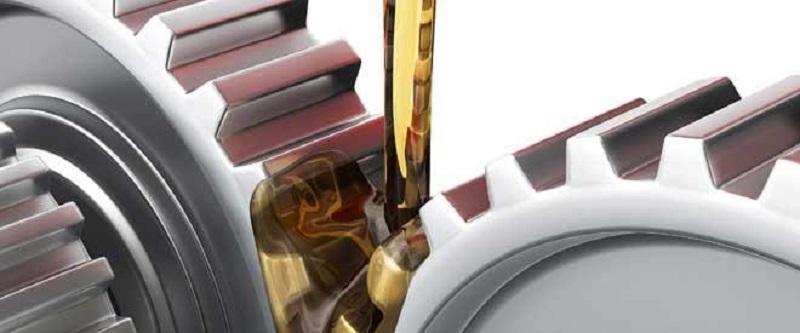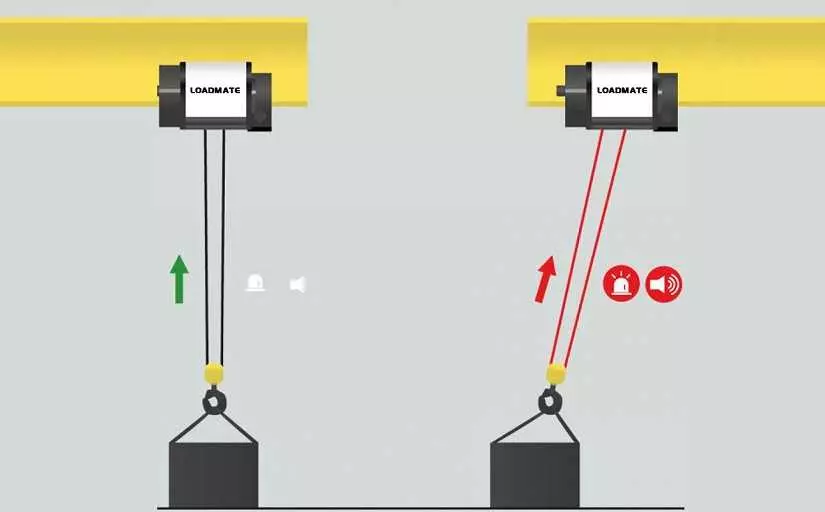AC Variable Frequency Drive (VFD) has been the most pivotal technological development in approx the last 40 years to revolutionize overhead crane operation and maintenance. Today’s VFD and Flux Vector Motor Controls are considered the most eligible industry standard for crane and hoist control.
VFD’s are also making the utilization of two-speed control having contactors and two-speed motors less useful for practice. The latest developments in drive technology, for instance, the latest generation of sensor-less vector control, Insulated Gate Bipolar Transistors (IGBTs), improved algorithms, and powerful microprocessors with flash memory, have enabled the economizing of the power platforms and the incorporation of numerous pepped-up features.
Why Upgrade Hoist or Overhead Crane?
Needs for increased production may lead to the need for faster-operating speeds, improved automation, better controls, and more capacity. Reliability may have worsened, resulting in unplanned shutdowns and augmented production costs. Parts may be outdated, causing high spare parts costs and long lead times. Assessments may have shown excessive non-compliance with existing safety standards or practices. In current industry needs, using upgraded hoists can be a smart decision for improved business operations.
Structural Upgrades Are Cost-Effective-
The original crane manufacturers made structural components of their cranes to survive everyday mechanical pressure and are normal in crane operations. Also, it is not unusual to get overhead cranes that are 80 and more years old still in operation today. Instead of scrapping an obsolete crane that is structurally sound, it is often more money-spinning to upgrade and alter the unit to meet existing operational needs.
As the structural life of an overhead crane or hoist can be long-lasting, enhancing the capabilities of the machine and moving it to another location, and curbing the duration are options worth considering.
Older trolleys that carry huge drums, gear cases, cast-iron frames, and other weighty components can be replaced with contemporary compact trolley-hoists, and in numerous cases, permit an improvement in the capacity of the crane due to the lessening in trolley weight alone.
There are several advantages of utilizing a VFD to control a hoist or crane, including-
- Superior Speed Adjustment: VFD controls allow you to pick from manifold speeds, letting you customize your hoist speeds to your machine.
- Enhanced Load Control: Placing a load utilizing a single-speed hoist may lead to load swings or shock loading. Two-speed may not provide you with the expected range of speeds for sensitive placement because they typically are proffered in 3 to 1 or 5 to the 1-speed range. A VFD enables an easy operation by steadily slowing down a load and renders speed ranges of 100 to 1 or more in numerous applications. Older technologies of existing cranes and hoists easily provide a 10 to the 1-speed range. Variable Frequency Drives also enable smooth acceleration to avert load swings in the traverse motions.
- Duty Cycles: A VFD is matched consisting of a braking resistor that depends on the duty cycle of the motion. Instead of this, a regenerative drive may also be utilized independently of the duty cycle.
- Efficiency: A VFD will only consume the power that is required; thus, it is energy-saving in comparison to contactors and soft-starters.
- Increased Hoist Life: Some VFDs offer thermal overload and over-current safety for the hoist motor, extending its life. Variable frequency drives also use a ramp-down-to-stop method of braking instead of applying brake shoes to slow down. The brake is only utilized for emergencies and parking, which highly improves the life of brakes while minimizing the requirement for maintenance and adjustments. Variable frequency drives also remove the requirement of reversing contactors for motion and speed control.
- Regenerative Energy: Lowering and deceleration of a hoist crane build regenerative energy released by the motor. The regenerative energy can be transformed into heat utilizing a braking resistor and send back to the source, thus meshing energy savings. An AC regenerative drive redistributes that energy, which may go wasted during conversion to heat with a braking resistor.
- Digital Diagnostics: Help in maintaining and resolving on the machine or remotely.
LOADMATE includes VFDs which are made specifically for crane and hoist usage with a range of performance and safety features. A few of these features has-
- Safe Torque Off: Gives a redundant hardware safety circuit that ensures the removal of motor and brake power when a safety controller or E-STOP switch opens the drive input, eradicating the requirement for external disconnects.
- Torque Proving: The motor is pre-torqued to assure that the load can be managed before opening the brake.
- Load Check: Continuously monitors overloads for hoist and stops the hoist from lifting when an overload condition is found.
- Brake Checks: Checks the opening and closing of a brake to make sure that it is safe for use.
- Micro-Speed: Enables the operator to make slow and precise movements.
- Electronic Programmable Limit Switches: Enables slow down and stop limits when physical geared limit switches are unavailable.




